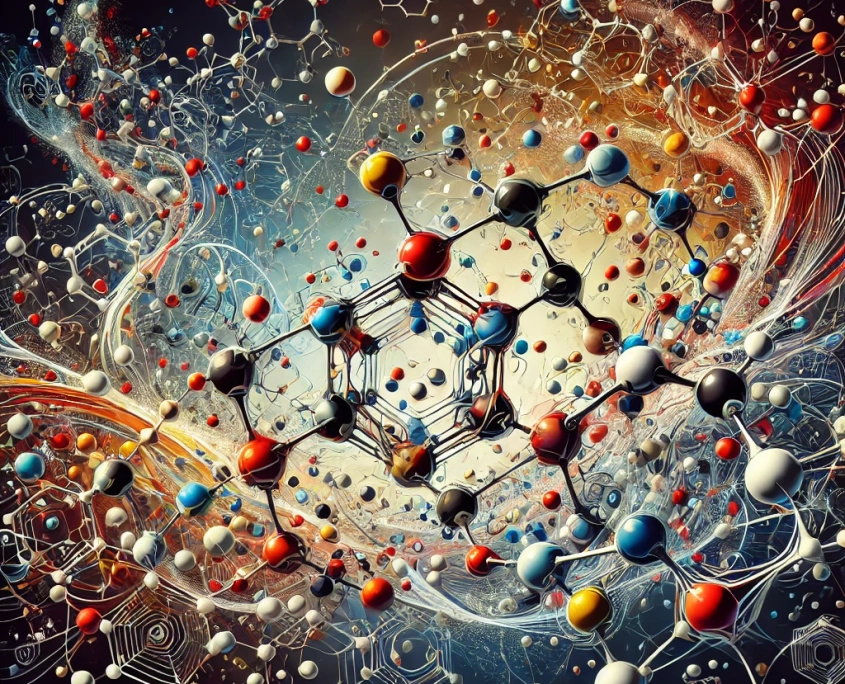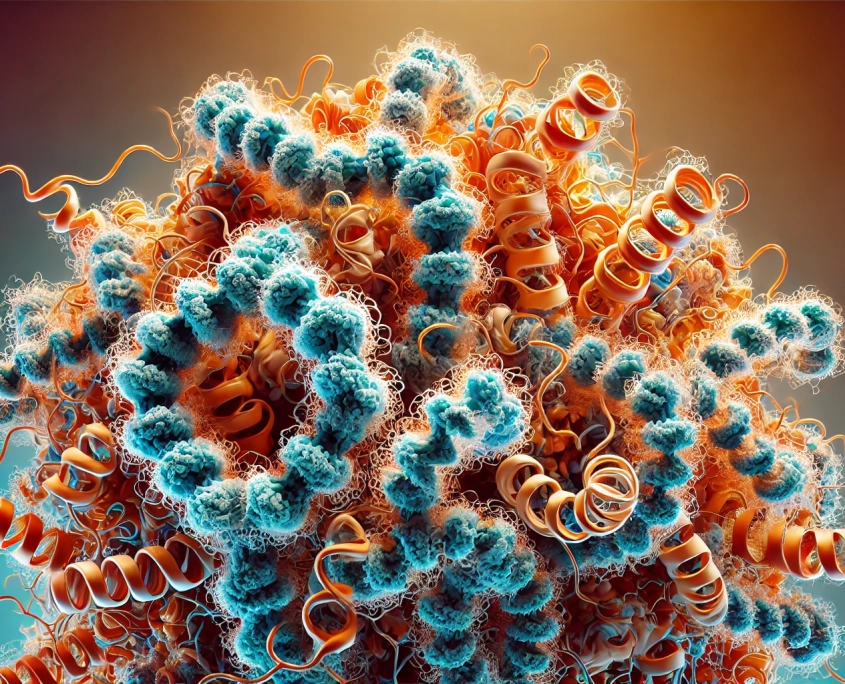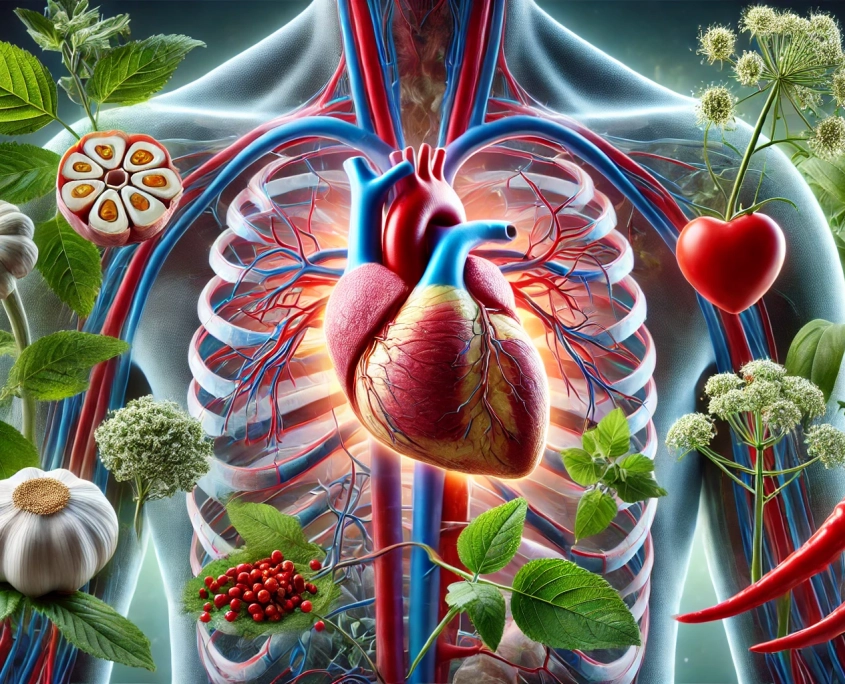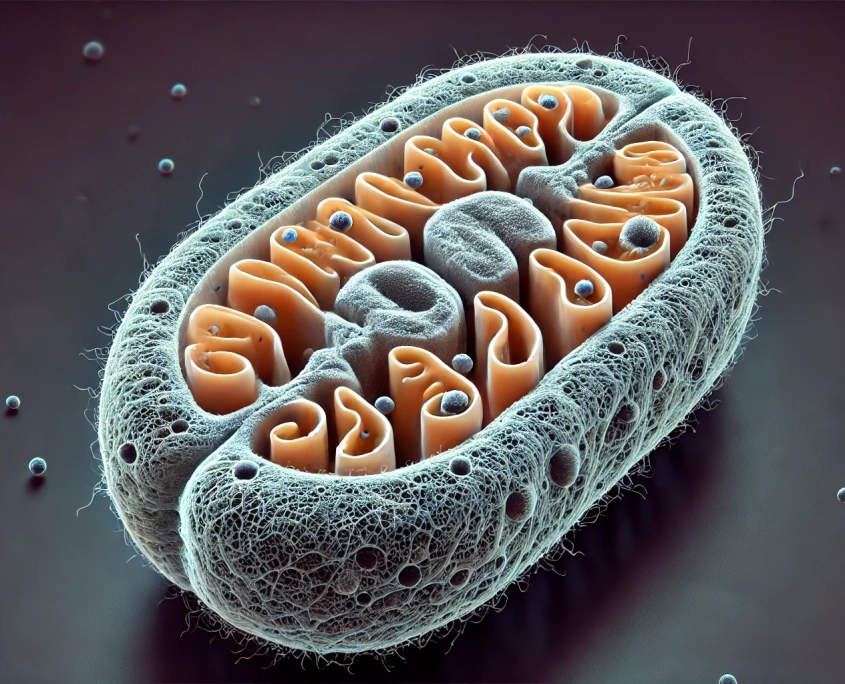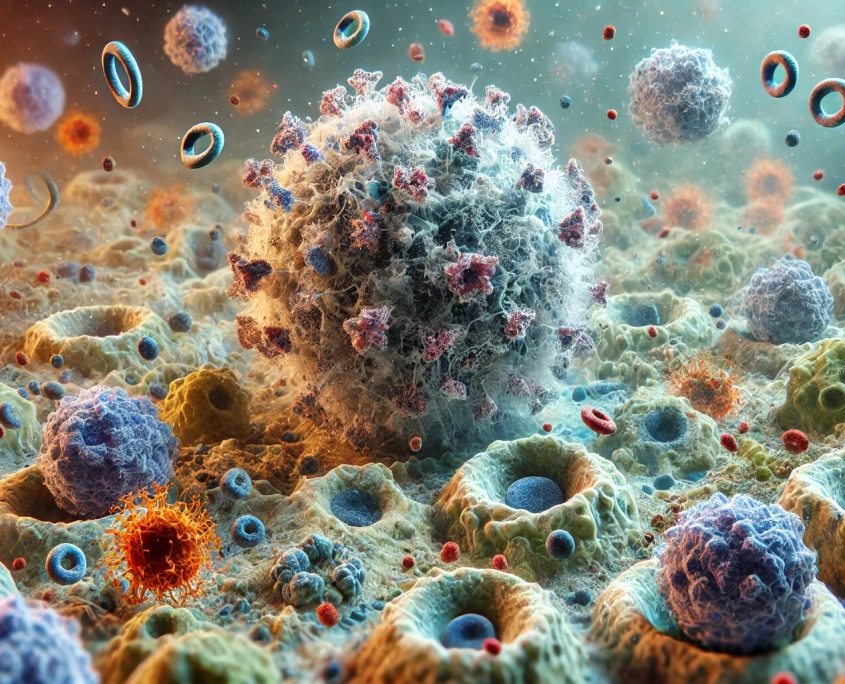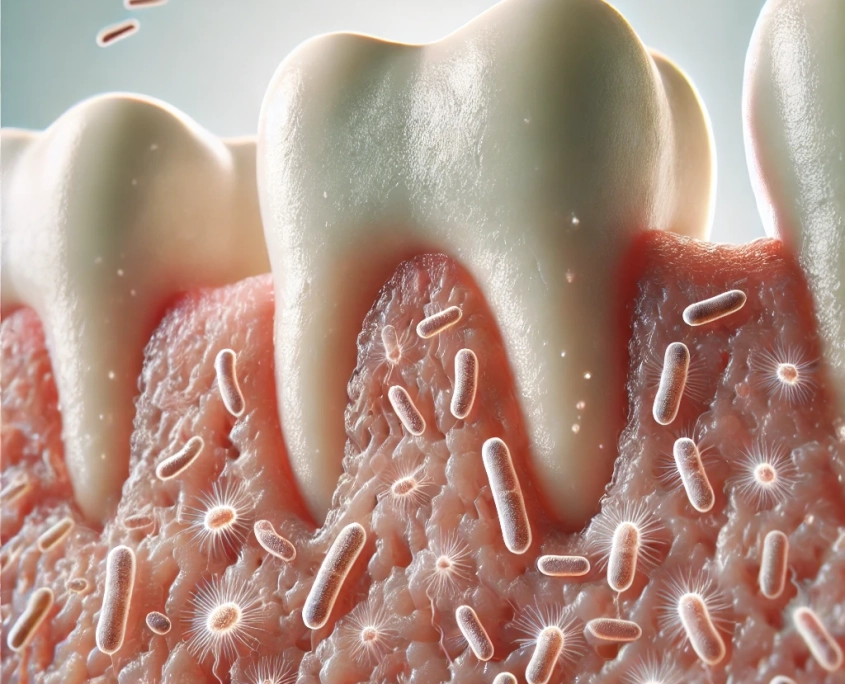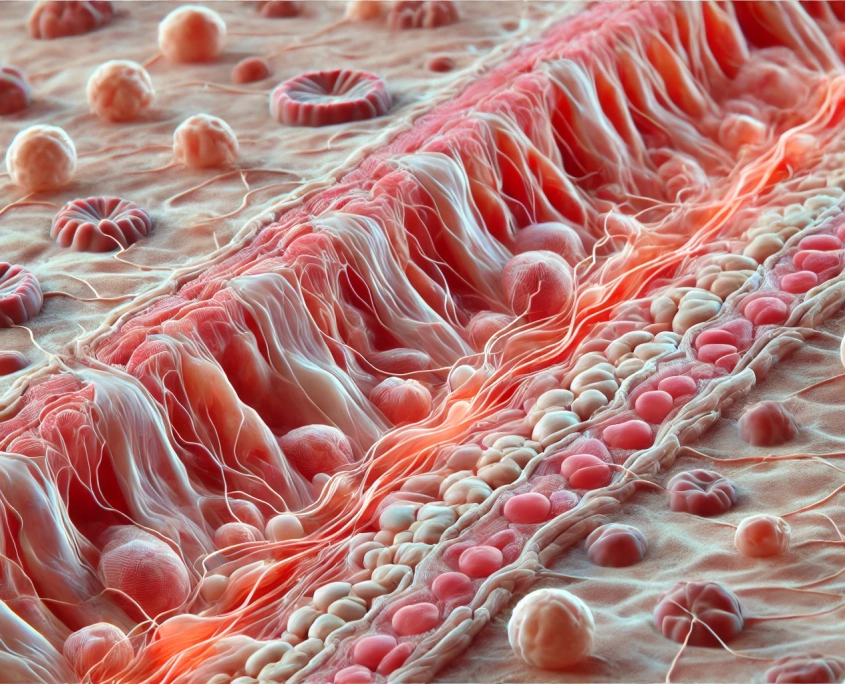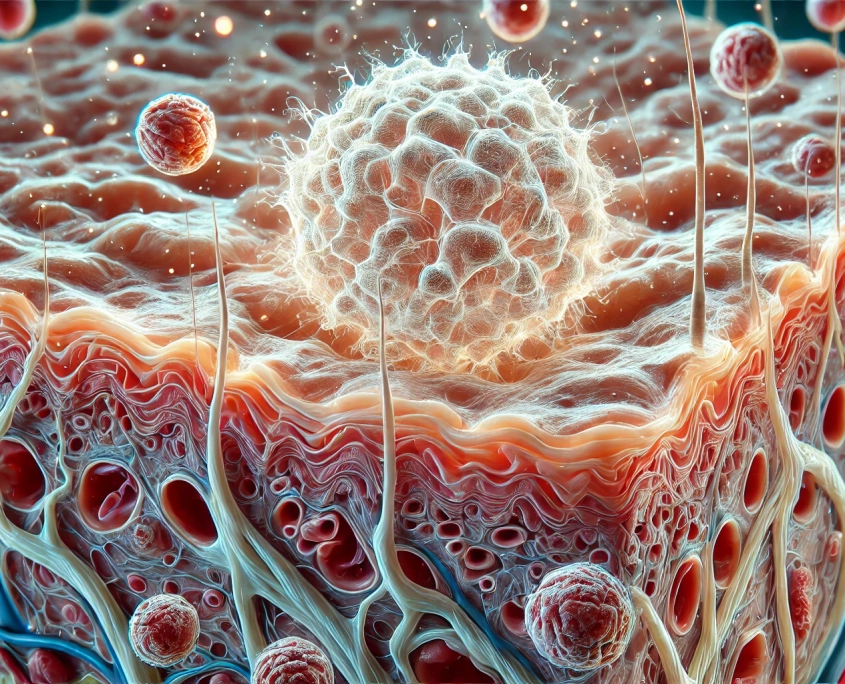
Abstract
Andrographis (Andrographis paniculata), commonly known as “King of Bitters,” is a herbaceous plant native to South Asian countries such as India and Sri Lanka. It has been used for centuries in traditional medicine systems, including Ayurveda, Traditional Chinese Medicine (TCM), and Siddha, for its potent medicinal properties. This paper provides an overview of Andrographis, including its botanical description, medicinal properties, therapeutic uses, dosage and administration, scientific research, and traditional uses.
Andrographis paniculata, a plant widely recognized for its bitter taste, has a longstanding history in traditional medicine.
Revered for its robust therapeutic potential, it has been employed to treat a variety of ailments ranging from infections to liver disorders.
The primary active compounds, andrographolides, are responsible for the plant’s medicinal efficacy.
Botanical Description
- Family: Acanthaceae
- Parts Used: Primarily the leaves and aerial parts
- Active Compounds: The main active compounds are andrographolides, diterpene lactones that contribute to the plant’s bitter taste and medicinal properties.
Medicinal Properties
- Anti-inflammatory: Andrographis has strong anti-inflammatory effects, making it useful in treating conditions like arthritis and other inflammatory disorders.
- Antiviral: It has been shown to inhibit viruses, including those causing common colds and flu. It’s often used in combination with other herbs to boost the immune response.
- Antibacterial and Antimicrobial: The herb possesses antibacterial properties, effective against various bacterial infections.
- Antioxidant: Andrographis helps neutralize free radicals, protecting cells from oxidative stress.
- Hepatoprotective: It supports liver health and helps in detoxification processes.
- Immunomodulatory: The herb can modulate the immune system, enhancing the body’s defense mechanisms.
- Anticancer: Preliminary studies suggest that andrographolides have anticancer properties, inhibiting the growth of certain cancer cells.
Therapeutic Uses
- Upper Respiratory Infections: Andrographis is commonly used to treat colds, sinusitis, and influenza. It helps reduce symptoms like fever, sore throat, and cough.
- Digestive Health: The bitter compounds stimulate digestion and can be used to treat gastrointestinal issues such as dysentery, diarrhea, and indigestion.
- Liver Health: It is used to treat liver diseases and promote liver function.
- Fever and Infections: Traditional use includes treating fevers and various infections due to its antimicrobial properties.
- Skin Conditions: Applied topically or taken internally for skin conditions like boils, ulcers, and eczema.
Dosage and Administration
- Form: Andrographis can be taken as a dried herb, in tinctures, capsules, or tablets.
- Typical Dosage: For acute conditions like colds, a common dosage is 400-500 mg of andrographolides per day, divided into 2-3 doses.
- Precautions: It should be used with caution in individuals with gallbladder disease or those who are pregnant or breastfeeding. It’s also advised to use it under the supervision of a healthcare provider, especially when taken long-term or in high doses.
Scientific Research
Numerous studies support the efficacy of Andrographis in treating respiratory infections, liver diseases, and inflammatory conditions. Research has highlighted its role in reducing the severity and duration of cold symptoms, its hepatoprotective effects, and its potential anticancer properties.
Traditional Uses
In Ayurveda, Andrographis is known as “Kalmegh” and is used to treat various ailments, including liver disorders, skin diseases, and digestive issues. In TCM, it is known as “Chuan Xin Lian” and is often included in formulations to clear heat and eliminate toxins.
Andrographis is a versatile herb with a wide range of medicinal properties, backed by both traditional use and modern scientific research. Its primary benefits lie in its anti-inflammatory, antiviral, and hepatoprotective effects, making it a valuable addition to natural medicine for treating infections, liver conditions, and inflammatory disorders.
References
- Akbar, S. (2011). Andrographis paniculata: A review of pharmacological activities and clinical effects. Alternative Medicine Review, 16(1), 66-77.
- Coon, J. T., & Ernst, E. (2004). Andrographis paniculata in the treatment of upper respiratory tract infections: A systematic review of safety and efficacy. Planta Medica, 70(4), 293-298.
- Jayakumar, T., Hsieh, C. Y., Lee, J. J., & Sheu, J. R. (2013). Experimental and clinical pharmacology of Andrographis paniculata and its major bioactive phytoconstituent andrographolide. Evidence-Based Complementary and Alternative Medicine, 2013.
- Jarukamjorn, K., & Nemoto, N. (2008). Pharmacological aspects of Andrographis paniculata on health and its major diterpenoid constituent andrographolide. Journal of Health Science, 54(4), 370-381.
- Mishra, S. K., Sangwan, N. S., & Sangwan, R. S. (2007). Andrographis paniculata (Kalmegh): A review. Pharmacognosy Reviews, 1(2), 283-298.
- Panossian, A., & Wikman, G. (2015). Pharmacology of Andrographis paniculata and its major diterpenoid constituent andrographolide: A review of the experimental and clinical evidence. The Journal of Herbal Pharmacotherapy, 7(3-4), 107-152.
- Puri, A., Saxena, R., Saxena, R. P., Saxena, K. C., Srivastava, V., & Tandon, J. S. (1993). Immunostimulant agents from Andrographis paniculata. Journal of Natural Products, 56(7), 995-999.
- Singh, N., & Baby, D. (2014). Andrographis paniculata (Kalmegh) – An Update. Pharmacognosy Journal, 6(6), 1-9.
- Subramanian, R., Asmawi, M. Z., & Sadikun, A. (2012). In vitro α-glucosidase and α-amylase enzyme inhibitory effects of Andrographis paniculata extract and andrographolide. Acta Biochimica Polonica, 59(4), 533-537.
- Zhang, X., & Tan, B. K. (1997). Anti-diabetic property of ethanolic extract of Andrographis paniculata in streptozotocin-diabetic rats. Acta Pharmacologica Sinica, 18(3), 276-278.

